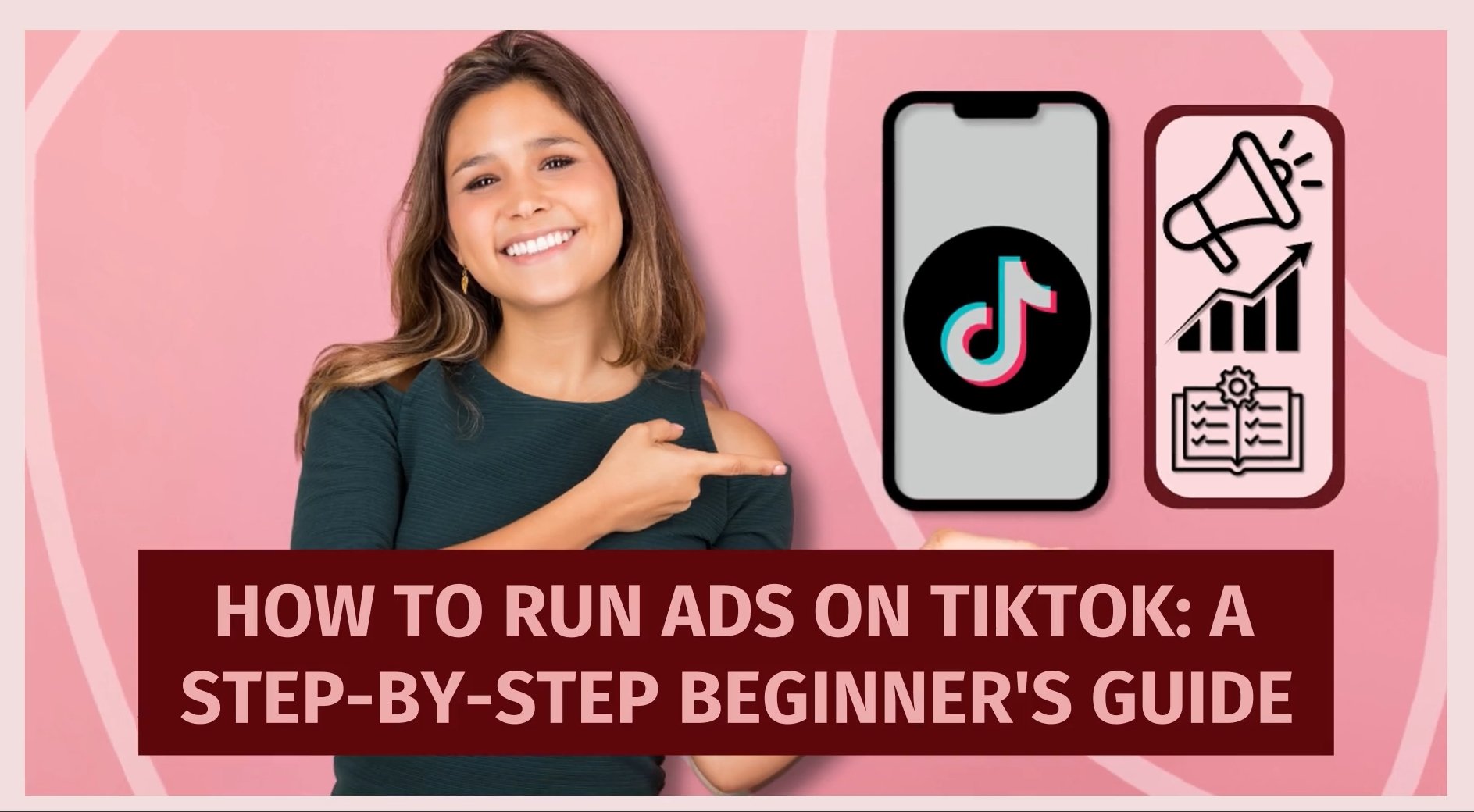In the rapidly evolving world of social media, hashtags are more than just a trend—they're a powerful tool for amplifying your brand’s visibility and engagement.
But crafting an effective hashtag strategy is no small feat.
It requires insight, precision, and creativity to stand out in a sea of digital noise.
Are you ready to transform your social media approach and achieve remarkable engagement rates?
This guide will navigate you through the essentials of a successful hashtag strategy, from understanding their fundamental role in digital marketing to measuring their impact on your campaigns.
We’ll dive deep into...
- The mechanics of selecting powerful hashtags
- Integrating them seamlessly into your content
- Tracking their performance to refine your strategies continuously.
Whether you're looking to enhance your brand’s reach or connect with your audience on a deeper level, mastering the art of hashtags is key.
Let’s unlock the full potential of your social media campaigns with a hashtag strategy that delivers tangible results...
Understanding Hashtags and Their Role in Social Media
Hashtags are much more than just a collection of characters following the pound sign; they are pivotal in structuring the immense flow of information on social media platforms. #
Let's break down what hashtags really are and how they can be leveraged to bolster your social media strategy.
What Are Hashtags?
- Definition—at its core, a hashtag is a label for content. It helps users find posts that speak to specific topics that interest them.
- Functionality—by including the ‘#’ symbol followed by a keyword or phrase in a post, the content becomes linked to all other posts that use the same hashtag. This creates a stream of themed content that is easily searchable by users and algorithms alike.

Roles of Hashtags in Social Media
Hashtags categorize content, making it accessible and discoverable to a global audience. This is crucial for content creators and brands looking to expose their work to a broader demographic.
With billions of posts circulating on social platforms, hashtags help users cut through the noise and zero in on topics of interest. This is not just beneficial for user experience but also for brands aiming to increase visibility.
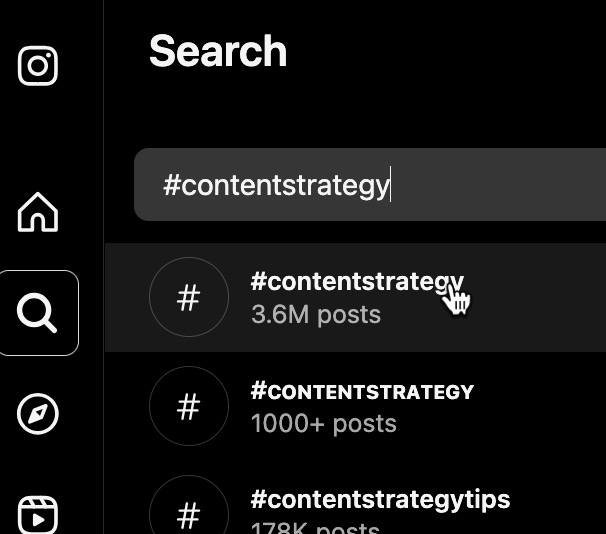
Jumping on the bandwagon of trending hashtags can significantly increase your content's reach. Platforms like Instagram highlight trending topics, giving you insight into what is capturing the public’s attention at any given moment.
Hashtags have the power to unite users around common themes and interests, fostering a sense of community. Whether it’s a global event or a niche hobby, hashtags connect like-minded individuals across the platform.
For marketers, hashtags are invaluable for promoting events, campaigns, or product launches. Custom hashtags can enhance engagement, encouraging users to join the conversation.
Examples of Successful Hashtag Use
- #ShareACoke by Coca-Cola—this campaign encouraged users to share their experiences with personalized Coke bottles, using the hashtag to track and feature user-generated content.
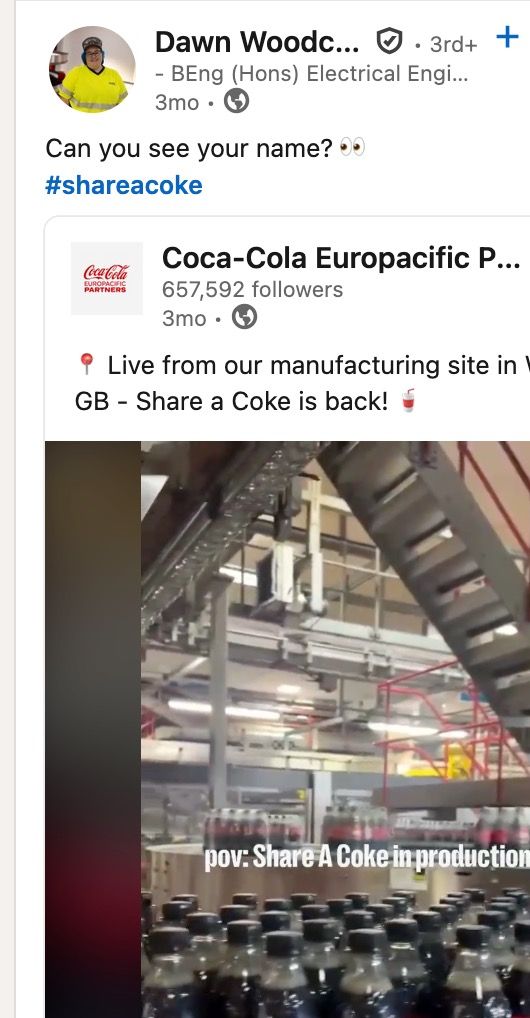
- #MeToo—this significant social movement used the hashtag to spread awareness and solidarity, demonstrating the power of hashtags in driving social change.
By harnessing the power of hashtags, you can dramatically enhance the efficacy of your social media efforts.
They are not just tools for engagement but are essential in navigating the complex landscape of digital marketing.
In the next section, we’ll dive into the building blocks of an effective hashtag strategy, ensuring your content not only reaches but resonates with your target audience.
The Building Blocks of an Effective Hashtag Strategy
Crafting a standout hashtag strategy involves more than just sprinkling popular tags throughout your posts.
It’s about strategically selecting and implementing hashtags that are aligned with your brand’s goals and audience interests.
Here’s how you can build a robust foundation for your hashtag strategy:
1. Mix of Hashtag Types
Balance is key!
Using too many trending hashtags can seem spammy, while overly niche tags may not reach a broad audience.
Find the middle ground for maximum impact.
2. Relevance and Timeliness
3. Consistency and Frequency
Platforms vary in how they treat hashtags, including whether they are useful at all.
For instance, hashtags are integral on Instagram but less so on Facebook and X (Twitter).
Tailor your hashtag usage to each platform’s norms and user behaviors.
By understanding these building blocks, you can begin to craft a hashtag strategy that not only reaches but resonates with your audience, driving engagement and fostering community around your brand.
Next, we will guide you through the intricacies of researching and selecting the right hashtags to optimize your social media strategy further.
Researching and Selecting the Right Hashtags
Choosing the right hashtags for your social media posts is critical, not just for boosting visibility but for engaging the correct audience.
Here’s a step-by-step guide to refining your hashtag research and selection process:
1. Start With Basic Research
- Brainstorm—begin by listing keywords that relate to your brand, content, and audience interests. Think about what terms your audience might be searching for.
- Use tools—leverage hashtag research tools like Hashtagify, RiteTag, or All Hashtag to analyze the popularity and relevance of these keywords. These tools can suggest related hashtags that you might not have considered.
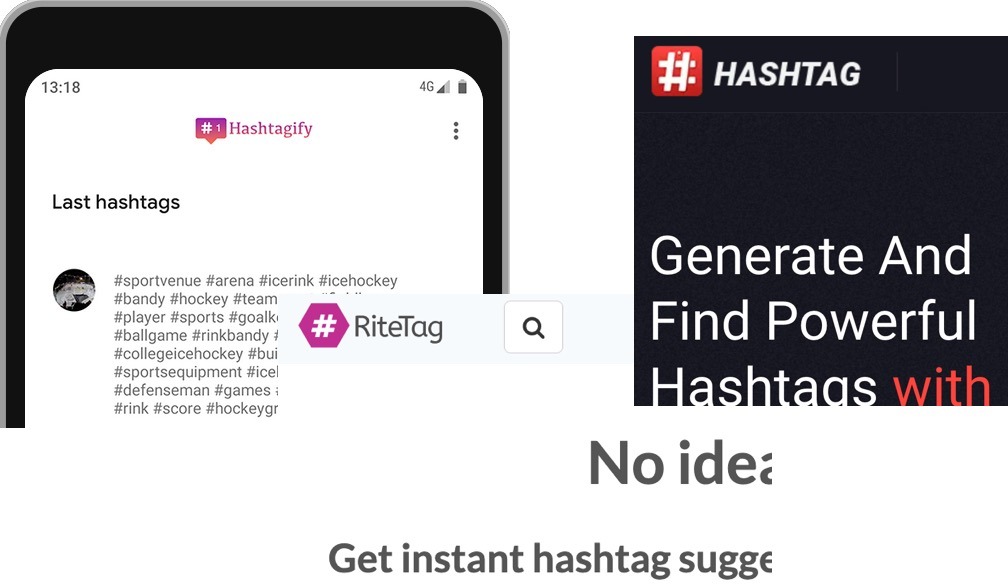
2. Study Your Competitors
3. Employ Social Media Listening
- Trends and conversations—use social listening tools like Brandwatch or Hootsuite Insights to monitor which hashtags are currently trending in your industry and what conversations are happening around them.
- Audience preferences—understanding the context in which certain hashtags are used can help tailor your strategy to better meet your audience’s needs.
4. Balance Popular and Niche Hashtags
- Popular hashtags—these are great for extending reach but are often highly competitive.
- Niche hashtags—these can drive more engaged, targeted audiences to your posts. They are less crowded, allowing your content to stand out more.
5. Test and Learn
Keep a dynamic list of hashtags — adding new ones and removing underperformers.
Social media is ever-evolving, and so should your hashtag strategy.
By following these steps, you can ensure that the hashtags you choose are not only relevant and engaging but also strategically aligned with your social media goals.
This process will help you connect with your intended audience more effectively and elevate your overall social media presence.
Instead of defaulting to hashtags, analyze each platform’s trends and algorithms—pair them with strong visuals and compelling copy for maximum impact.Click To Post OnIntegrating Hashtags into Your Content Strategy
Successfully integrating hashtags into your social media posts is both an art and a science.
It's about blending them naturally into your content so that they enhance, rather than detract from, your message.
Here’s how you can seamlessly incorporate hashtags into your content strategy to maximize both readability and engagement:
1. Strategic Placement
- Start smart—introduce one or two key hashtags early in your post to ensure visibility. This is particularly effective in captions where only the first few lines are displayed unless expanded.
- End with hashtags—alternatively, you can place hashtags at the end of your post to keep the focus on your message. This method is clean and prevents the content from being overwhelmed by hashtags.
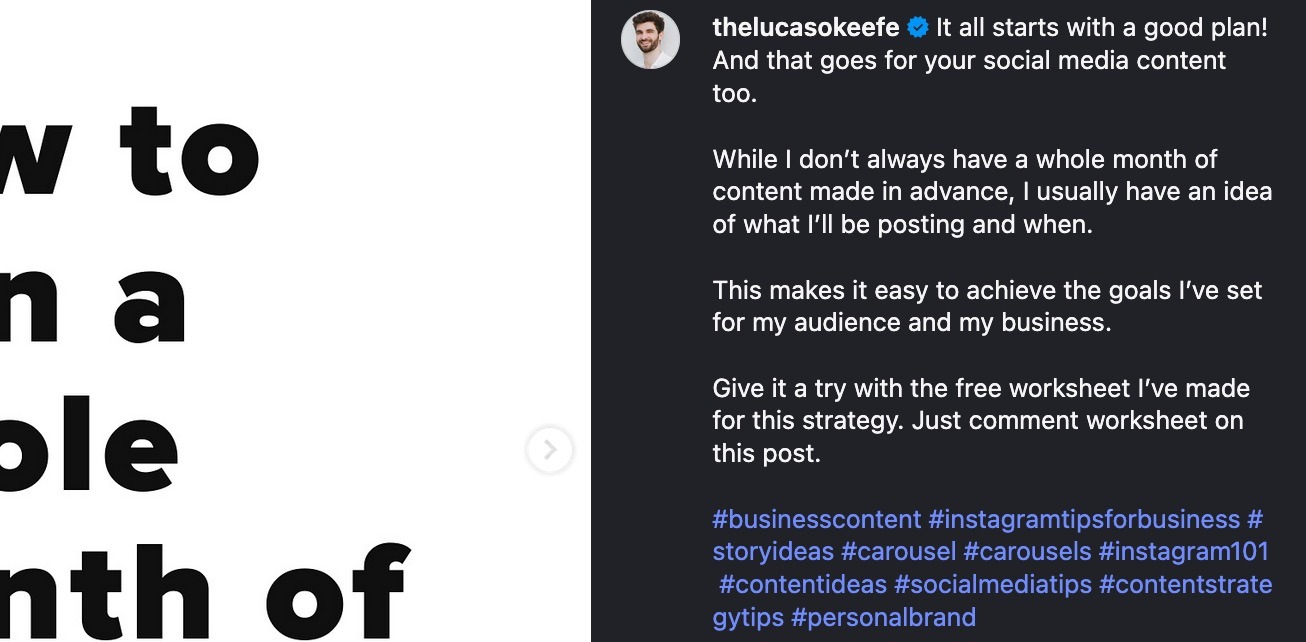
2. Number of Hashtags
- Platform matters—each social media platform has its norms and best practices.
- Instagram—opt for 9-12 hashtags to maximize engagement.
- X (Twitter)—you might consider skipping them entirely as the algorithm no longer prioritizes them. Instead focus on keywords and creating content that truly resonates.
- LinkedIn—stick to 2-5 professional and relevant hashtags.
- Less is more—avoid cluttering your posts with too many hashtags. More isn’t always better; it’s the relevance that counts.
3. Relevancy and Context
4. Consistency Across Campaigns
- Brand hashtags—if you have brand-specific hashtags, consistently incorporate them into your posts to increase brand recognition and encourage interaction.
- Campaign hashtags—for special campaigns, consistently use a unique hashtag to unify all posts related to that campaign, making it easy for followers to track related content.
Use a mix of high-volume and niche hashtags to reach both broad and specific audiences.
This approach helps in maximizing exposure while also engaging with highly targeted segments interested in particular topics.
5. Aesthetic Considerations
By thoughtfully integrating hashtags into your social media strategy, you enhance not just the discoverability of your posts but also their potential to engage and convert your target audience.
Remember, the right hashtag can be the gateway to a global audience, so choose and place them wisely!
Measuring the Impact of Your Hashtag Strategy
To truly understand the effectiveness of your hashtag strategy, you need to track specific metrics that reflect your goals.
Are you aiming to increase brand awareness, boost engagement, or drive traffic to your website?
Each goal requires a focus on different metrics.
Here’s how you can measure the success of your hashtags and adjust your strategy for optimal performance:
1. Key Performance Indicators (KPIs)
- Reach and impressions—these metrics show how many people have seen your post. A high number of impressions and reach indicates that your hashtags are exposing your content to a broad audience.
- Engagement rate—this includes likes, comments, shares, and saves. High engagement rates suggest that your content is resonant and that the hashtags are effectively drawing attention.
- Follower growth—tracking followers can help you gauge if your hashtags are attracting new audiences interested in your brand.
2. Tools for Tracking Hashtag Performance
- Native analytics—platforms like Instagram Insights and X Analytics provide basic metrics directly related to your posts and hashtags.
- Third-party tools—tools like Sprout Social, Hootsuite, or Iconosquare offer more in-depth analytics, including hashtag performance over time and comparative analysis.
Combine data from multiple sources to get a comprehensive view of your hashtag strategy’s effectiveness.
3. Analyzing Hashtag Data
- Review regularly—schedule weekly or monthly reviews of your hashtag performance to identify trends and make necessary adjustments.
- Identify top performers—determine which hashtags consistently yield high engagement and reach. Consider making these a regular part of your strategy.
4. Adjust Based on Performance
5. A/B Testing
- Experiment—run experiments by using different hashtags for similar types of content to see which performs better. This method can provide actionable insights into the types of hashtags your audience responds to best.
Remember that the ultimate goal of your hashtag strategy should align with your broader social media objectives.
Always consider the context and current social conversations to ensure your hashtags remain relevant and respectful.
By effectively measuring and refining your hashtag strategy, you can ensure that your efforts contribute to your overall social media success.
Regular analysis and adaptation will keep your approach fresh and aligned with your audience's interests and the ever-changing social media landscape.
Case Studies: Successful Hashtag Campaigns
Examining real-world examples can provide actionable insights and inspiration for your own hashtag strategies.
Let's delve into a few successful hashtag campaigns that made waves on social media and dissect why they worked so well.
1. #ShareACoke by Coca-Cola
- Campaign overview—Coca-Cola personalized bottles with people's names and encouraged consumers to share their experiences using #ShareACoke.
- Success metrics—this campaign created a massive buzz, resulting in millions of user-generated content pieces and significantly increased brand engagement worldwide.
- Key takeaway—personalization can drive engagement. Coca-Cola tapped into the personal connection by integrating consumers' names, making the campaign feel individualized and share-worthy.

2. #LikeAGirl by Always
3. #IceBucketChallenge by ALS Association
- Campaign overview—this campaign involved dumping a bucket of ice water over one's head to promote awareness of the ALS disease and encourage donations to research.
- Success metrics—it famously went viral with celebrities participating, leading to millions in donations.
- Key takeaway—virality through challenge. Challenges can spur participation and virality, especially when they are easy to participate in and share.

Each of these campaigns used hashtags to amplify a core message, engage a community, and drive specific actions.
Whether through personalization, social responsibility, or engaging challenges, these hashtags transcended mere tags to become movements.
When crafting your hashtag campaign, think about what emotion, value, or call-to-action you want to evoke.
Make it easy and compelling for users to participate and share their experiences.
By analyzing these case studies, you can gain a clearer understanding of the strategic use of hashtags in achieving various marketing goals.
These insights can guide you in developing a hashtag strategy that not only reaches but resonates with your audience, creating meaningful interactions and lasting impressions.
Continuously Improving Your Hashtag Strategy
The digital landscape is ever-evolving, and so should your hashtag strategy.
Staying ahead in the game requires an ongoing commitment to adaptation and learning.
Here’s how you can continuously refine and enhance your hashtag approach to maintain relevance and engagement over time:
1. Stay Informed About Trends
- Monitor trends—keep an eye on trending topics and hashtags daily. Tools like Google Trends, X Trends, and industry-specific news sources are invaluable for this.
- Adapt quickly—being one of the first to adopt new, relevant hashtags can give you a competitive edge, increasing visibility and engagement.
2. Learn From Analytics
3. Experiment with New Hashtags
- Test and learn—don’t be afraid to experiment with new hashtags. Use A/B testing to compare different sets of hashtags and see which ones perform better.
- Innovate—sometimes, creating a unique, brand-specific hashtag can set you apart. Think #JustDoIt from Nike—a hashtag that became synonymous with the brand.
4. Engage With Your Community
5. Refresh Your Hashtag Sets
- Keep it fresh—social media users and algorithms favor novelty and relevance. Regularly updating your hashtag sets can prevent your content from becoming stale.
- Seasonal updates—align your hashtags with seasonal events, holidays, or current affairs to keep your content relevant and engaging.
Create a 'hashtag library'—a dynamic collection of hashtags categorized by theme, campaign, or performance.
This resource can streamline your content creation process and ensure a diverse and effective use of hashtags in your posts.
By embracing these practices, you can ensure that your hashtag strategy remains robust and responsive to the changing tides of social media trends and audience behaviors.
Remember, the goal is to keep learning and evolving—what worked yesterday might not work tomorrow, so stay agile and proactive in your approach.
Frequently Asked Questions
What is a hashtag?
A hashtag is a label for content that helps users find posts about specific topics, using the ‘#’ symbol followed by a keyword or phrase.
Why are hashtags important in social media?
Hashtags categorize content, enhance searchability, highlight trending topics, build communities, and act as promotional tools.
How can you create an effective hashtag strategy?
Mix different types of hashtags, ensure relevance and timeliness, maintain consistency, and balance the number of hashtags used.
What tools can help with hashtag research?
Tools like Hashtagify, RiteTag, and All Hashtag analyze hashtag popularity and relevance, suggesting related tags.
How do you measure the impact of a hashtag strategy?
Track metrics such as reach, impressions, and engagement rates, and use tools like Instagram Insights or X Analytics.
To Conclude
Mastering hashtags gives you a strategic advantage. With the right approach, you can expand reach, deepen engagement, and drive measurable results across your campaigns.
Use what you’ve learned here to build a focused, data-driven hashtag strategy. Test, refine, and stay agile as trends evolve.
Start now—optimize your next post and watch how the right hashtags elevate your brand’s impact.








